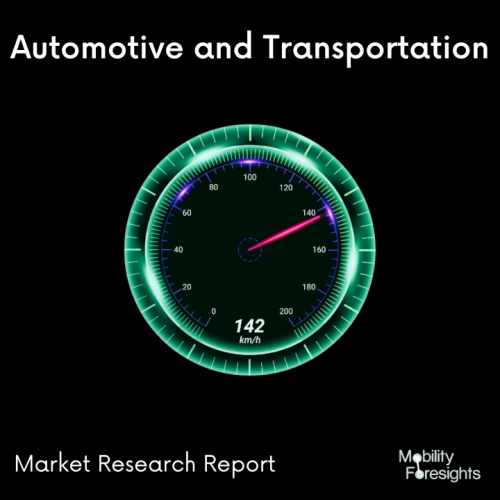
- Get in Touch with Us

Last Updated: Apr 25, 2025 | Study Period: 2023-2030
Automotive coatings have employed epoxy resins in the past. Their chemical characteristics include heat resistance, metal adhesion, and mechanical strength. These characteristics make it easier to shield the bodywork of cars from corrosion and other harm, sometimes increasing the lifetime of a vehicle.
Epoxy resins are made of lengthy chains with reactive sites at either end that resemble vinyl ester molecules. However, epoxy groups rather than ester groups create these reactive sites in the epoxy resin. Since there are no ester groups, the epoxy resin has exceptional water resistance.
One of the most adaptable and widely used high-performance materials is epoxy. Epoxy is a flexible material that can replace a lot of conventional materials. Heavy metals have been replaced with epoxy-based polymers in the majority of transportation-related businesses.
Epoxy resins are thermosetting polymers that are distinguished by having a methyl group on top of one epoxy group, which reacts with a cure agent present throughout the epoxy coating group to create a long-chain, three-dimensional network .
Due to its crosslinking structure, epoxy is brittle and prone to crack development, which restricts the technical uses for this material. Epoxy-based nanocomposite materials have been produced by adding reinforcement filler to an epoxy matrix. These materials have demonstrated effective performance in many structural and industrial applications.

The Global automotive seat structure epoxy resin market accounted for $XX Billion in 2022 and is anticipated to reach $XX Billion by 2030, registering a CAGR of XX% from 2023 to 2030.
Resin EPIKOTE To create lightweight semi-structural and structural automotive composite parts, such as floors, electrical vehicle battery enclosures, spare wheel tubs, seat structures, hood inners, and more, utilise TRAC 06605/EPIKURETM Curing Agent TRAC 06608.
When coupled with glass and carbon fibres, Hexion's SMC epoxy system produces parts with higher mechanical qualities compared to those created with conventional unsaturated polyester (UP) or vinyl ester (VE) SMC resin systems.
According to VDA 278 Hexion's epoxy SMC system produces significantly less volatile organic compounds (VOCs) than either standard or low VOC vinyl esters, with emissions considerably global exposure.
The organic emissions for moulded compounds in autos are governed by the VDA 278 recommendation. Since the epoxy SMC system from Hexion is styrene-free, there is no need to monitor employees.
| Sl no | Topic |
| 1 | Market Segmentation |
| 2 | Scope of the report |
| 3 | Abbreviations |
| 4 | Research Methodology |
| 5 | Executive Summary |
| 6 | Introduction |
| 7 | Insights from Industry stakeholders |
| 8 | Cost breakdown of Product by sub-components and average profit margin |
| 9 | Disruptive innovation in the Industry |
| 10 | Technology trends in the Industry |
| 11 | Consumer trends in the industry |
| 12 | Recent Production Milestones |
| 13 | Component Manufacturing in US, EU and China |
| 14 | COVID-19 impact on overall market |
| 15 | COVID-19 impact on Production of components |
| 16 | COVID-19 impact on Point of sale |
| 17 | Market Segmentation, Dynamics and Forecast by Geography, 2023-2030 |
| 18 | Market Segmentation, Dynamics and Forecast by Product Type, 2023-2030 |
| 19 | Market Segmentation, Dynamics and Forecast by Application, 2023-2030 |
| 20 | Market Segmentation, Dynamics and Forecast by End use, 2023-2030 |
| 21 | Product installation rate by OEM, 2023 |
| 22 | Incline/Decline in Average B-2-B selling price in past 5 years |
| 23 | Competition from substitute products |
| 24 | Gross margin and average profitability of suppliers |
| 25 | New product development in past 12 months |
| 26 | M&A in past 12 months |
| 27 | Growth strategy of leading players |
| 28 | Market share of vendors, 2023 |
| 29 | Company Profiles |
| 30 | Unmet needs and opportunity for new suppliers |
| 31 | Conclusion |
| 32 | Appendix |